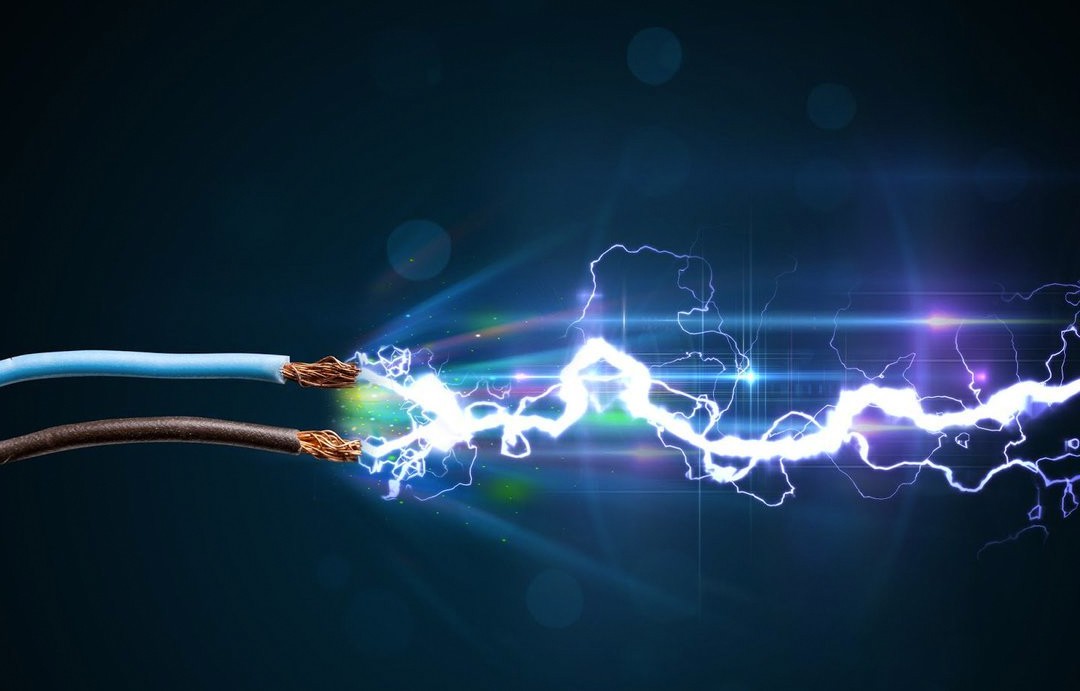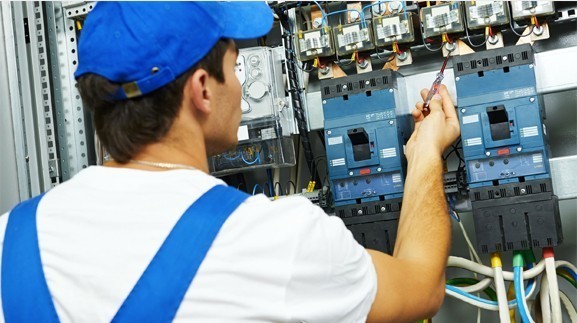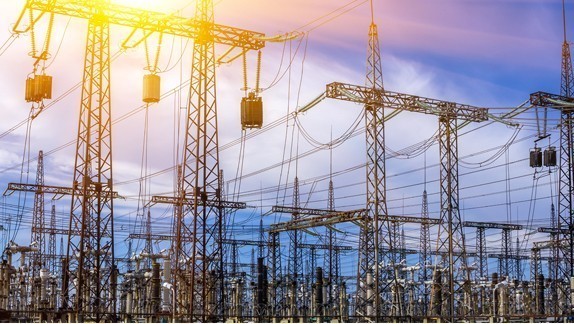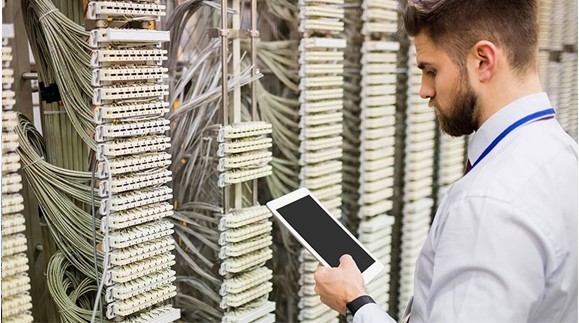ENERGY INFRASTRUCTURE SYSTEMS
Energy use is one of the main issues within the data center. Power and energy systems are one of the most important parts for the continuity of information technology infrastructures. Depending on the size of the data center, power usage can be in the order of kW or MWs. Energy efficiency plays an important role in controlling operating costs.


The most common criterion for measuring energy efficiency is power usage efficiency. (PUE – power usage effectiveness). This simple ratio is actually the total power entering the data center divided by the power consumed by the IT equipment. The power used by support equipment is often referred to as overhead, consumption caused by facility infrastructures such as cooling systems, electrical wiring and lighting. The average data center in the United States has a PUE of 2.0, which indicates that the facility spends the same amount of energy on support equipment as it does on IT (Information Technology) equipment. The lower the PUE value, the better for the business. Power and cooling analysis, also called thermal evaluation, allows to measure relative temperatures in specific regions of the data center and determines the data center’s ability to tolerate specific temperature values.
Through this analysis, it ensures the detection of overcooled zones that can handle higher power density, the upper limit of equipment that can be installed, the effectiveness of the raised floor strategy, the optimal positioning of air conditioning systems. Power cooling density (PCD) is a measure of how much area can be cooled in a facility to be operated at full load. A typical energy efficiency analysis includes the data center’s power usage efficiency (PUE), status against industry standards, mechanical and electrical resource usage, and air management values. In this type of analysis, advanced devices and techniques are used to understand the thermal conditions in the data center. Performance and energy consumption are evaluated by numerical modeling using temperature, air flow and pressure values. The analysis of these values is used to determine the problems that may occur when high-density shelves and low-density shelves are used together, the effects on the cooling systems, the deficiencies in the infrastructure, and the malfunctions in the air conditioning systems.


Through this analysis, it ensures the detection of overcooled zones that can handle higher power density, the upper limit of equipment that can be installed, the effectiveness of the raised floor strategy, the optimal positioning of air conditioning systems. Power cooling density (PCD) is a measure of how much area can be cooled in a facility to be operated at full load. A typical energy efficiency analysis includes the data center’s power usage efficiency (PUE), status against industry standards, mechanical and electrical resource usage, and air management values. In this type of analysis, advanced devices and techniques are used to understand the thermal conditions in the data center. Performance and energy consumption are evaluated by numerical modeling using temperature, air flow and pressure values. The analysis of these values is used to determine the problems that may occur when high-density shelves and low-density shelves are used together, the effects on the cooling systems, the deficiencies in the infrastructure, and the malfunctions in the air conditioning systems.
Services Included
- Uninterrupted Power Supply
- Power Distribution Units
- Generator Systems
- Grounding Systems
- Busbar Applications
- Cable Routing Design and Installation
- Electrical Installation Maintenance
